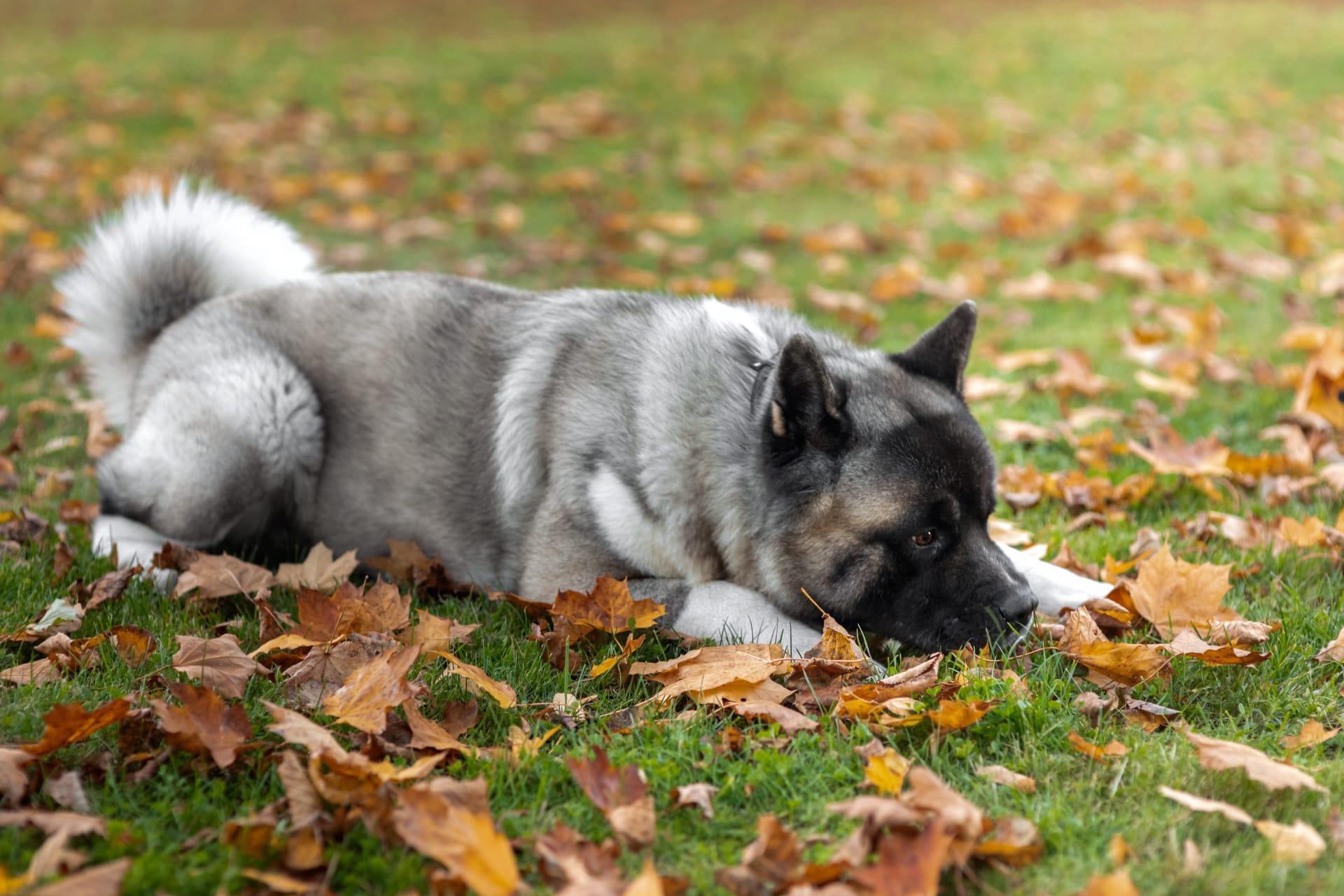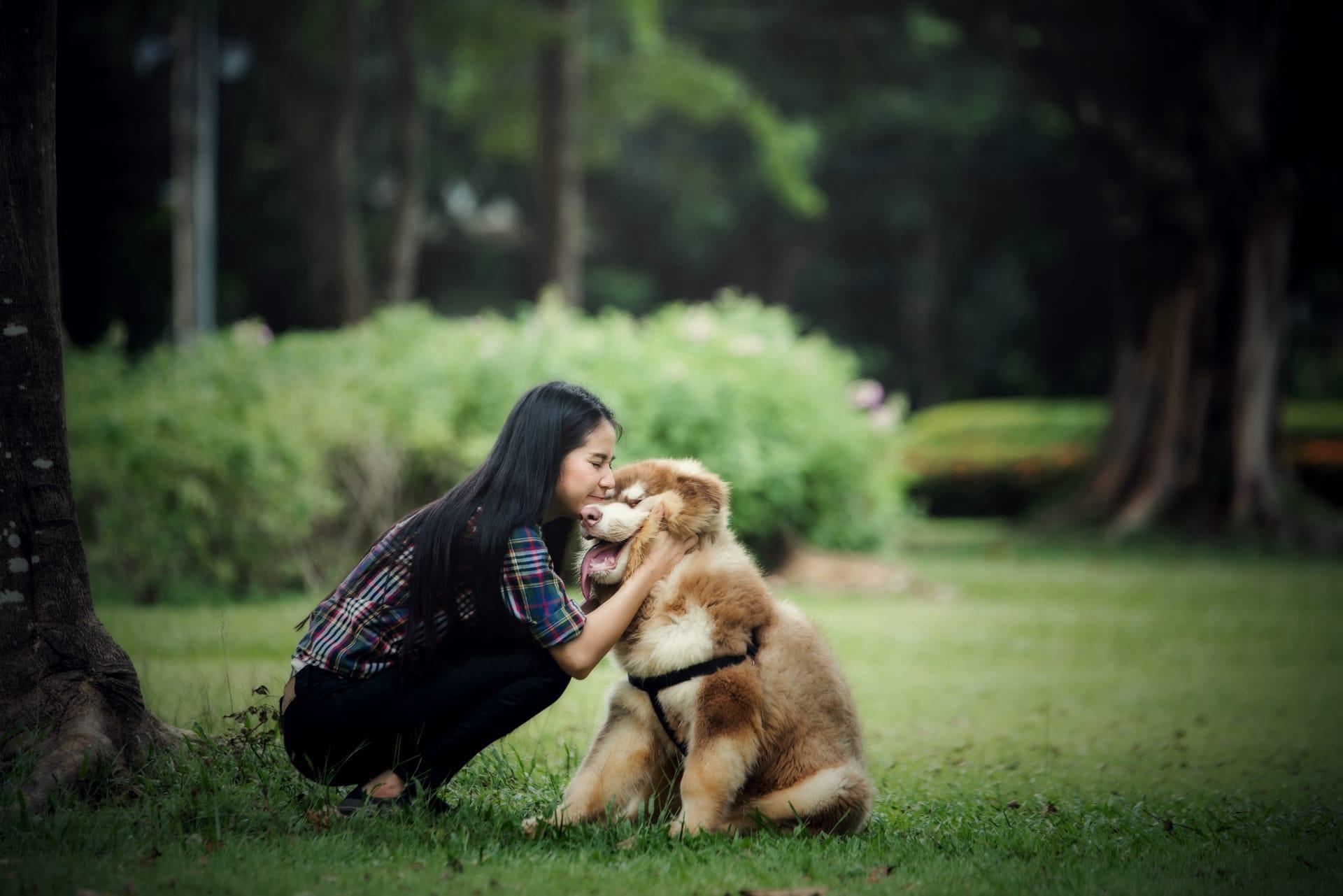Dog
- Home /
- Mini Encyclopedia /
- Animal /
- Dog
1
Dogs, scientifically known as Canis lupus familiaris, are a subspecies of the gray wolf, part of the Canidae family. This classification emphasizes their close genetic relationship to wolves. Domesticated over 15,000 years ago, dogs have evolved into hundreds of breeds, varying in size, shape, and behavior. These breeds range from the tiny Chihuahua, often weighing less than 6 pounds, to the massive English Mastiff, which can weigh over 230 pounds. Their coat colors, textures, and patterns are as diverse as their sizes, showcasing an astonishing variety from solid colors to complex patterns.
Dogs are one of the most widely distributed and adaptable animals in the world, found on every continent except Antarctica. Their distribution aligns closely with human habitation, reflecting their role as companions, workers, and protectors. In urban areas, dogs are primarily pets, while in rural areas, they often serve as herders or guards. The global dog population is estimated to be over 900 million, with about 83 million dogs in the United States alone. In different cultures, dogs hold various roles, from beloved pets to working animals, highlighting their versatility and adaptability.

2
Question: Do dogs see the world only in black and white?
Answer: Contrary to popular belief, dogs do not see the world in just black and white. They have dichromatic vision, meaning they see in two primary colors: blue and yellow. This vision is similar to humans with red-green color blindness. While their color spectrum is limited compared to humans, dogs excel in detecting motion and in low-light vision. Their eyes have more rod cells, which are sensitive to light and motion, making them adept at seeing in dim conditions. This ability likely stems from their evolutionary history as nocturnal hunters.

3
Dogs have developed a range of survival strategies that have enabled them to thrive alongside humans. One key strategy is their social nature, which allows them to form strong bonds with humans and other dogs. This social behavior stems from their wolf ancestors, who rely on pack dynamics. Dogs communicate through body language, vocalizations, and scent marking, which play crucial roles in their interactions and hierarchy establishment.
Another survival strategy is their adaptability in diet and environment. Dogs are omnivores, capable of eating a variety of foods, which made them valuable companions to nomadic humans. They can live in diverse environments, from cold arctic regions to hot deserts, adapting their behavior and physiology to different climates. This adaptability has been key in their global distribution and in forming diverse breeds suited to specific tasks and environments.

4
In ecosystems, dogs play diverse roles, depending on whether they are wild or domesticated. Wild dogs, like dingoes in Australia, often function as apex predators or important secondary consumers. They help maintain the balance of ecosystems by controlling the populations of other animals, including pests. Domesticated dogs, on the other hand, can impact local wildlife, sometimes negatively, such as when feral dogs prey on native species.
Domesticated dogs also contribute significantly to human well-being and society. They serve in various roles: as companions, therapy animals, herding livestock, assisting in hunting, and aiding in law enforcement and search-and-rescue missions. These roles showcase their remarkable intelligence, trainability, and adaptability, making them invaluable in both rural and urban settings.

5
Film: "Dogs" (2018, United States). This documentary series, available on Netflix, explores the deep emotional bond between dogs and their human companions. Each episode, set in different countries like Japan, Italy, and the United States, tells heartwarming stories of loyalty, bravery, and the miraculous ways dogs can save and enrich human lives.
Book: "The Genius of Dogs: How Dogs Are Smarter Than You Think" (2013, United States) by Brian Hare and Vanessa Woods. This book delves into the science of dog intelligence. Hare and Woods, both renowned scientists, explore the cognitive abilities of dogs, explaining how they understand humans and showcasing their problem-solving skills.
Book: "Inside of a Dog: What Dogs See, Smell, and Know" (2009, United States) by Alexandra Horowitz. This book offers an insightful perspective into the dog’s world. Horowitz, a cognitive scientist, uses scientific research to explain how dogs perceive their environment, shedding light on their behaviors and interactions with humans.